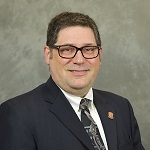Sr Associate Provost
Phone: 903.877.7678
Email: pierre.neuenschwander@uthct.edu
Department: Center For Biomedical Research
Popular Searches

Sr Associate Provost
Phone: 903.877.7678
Email: pierre.neuenschwander@uthct.edu
Department: Center For Biomedical Research